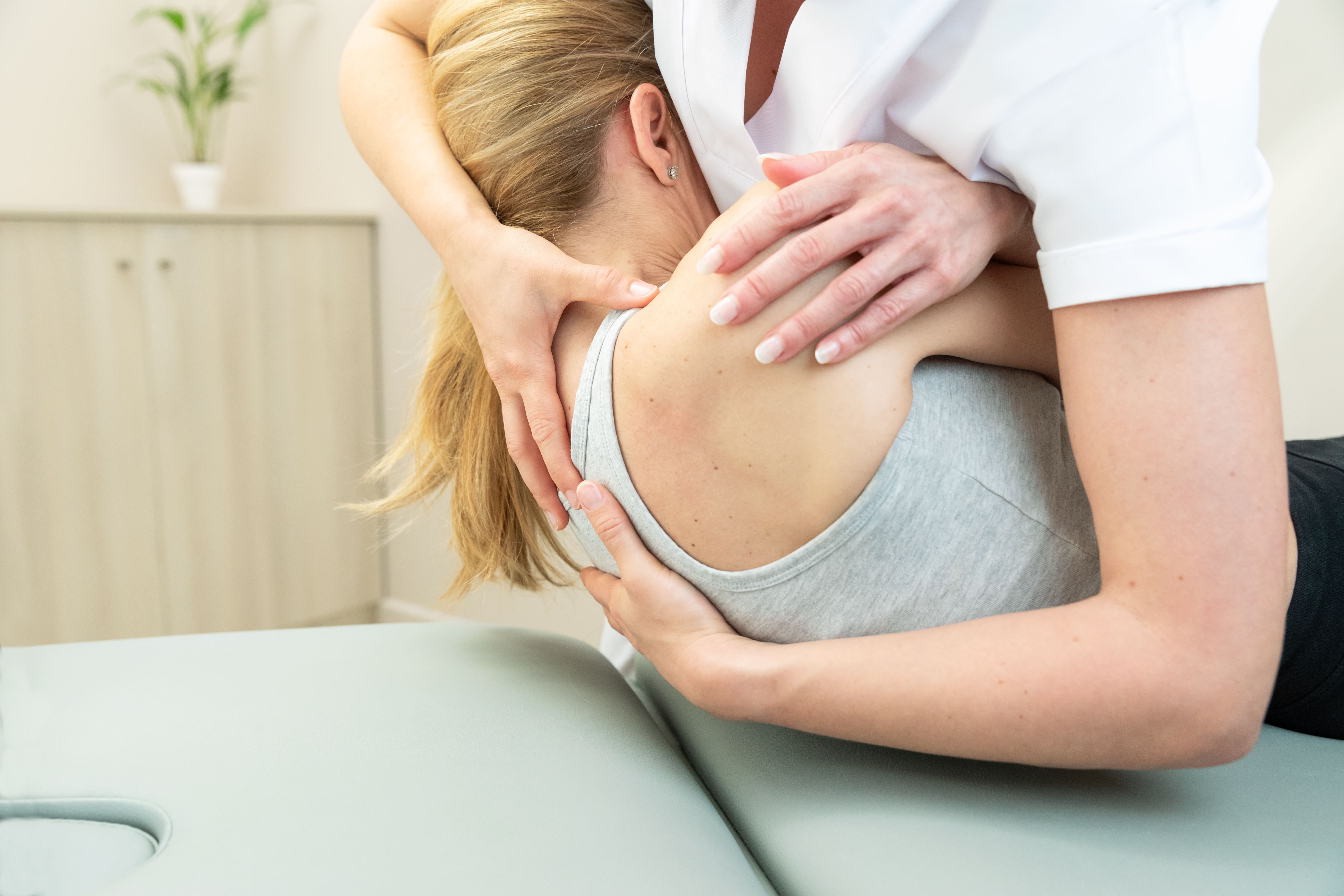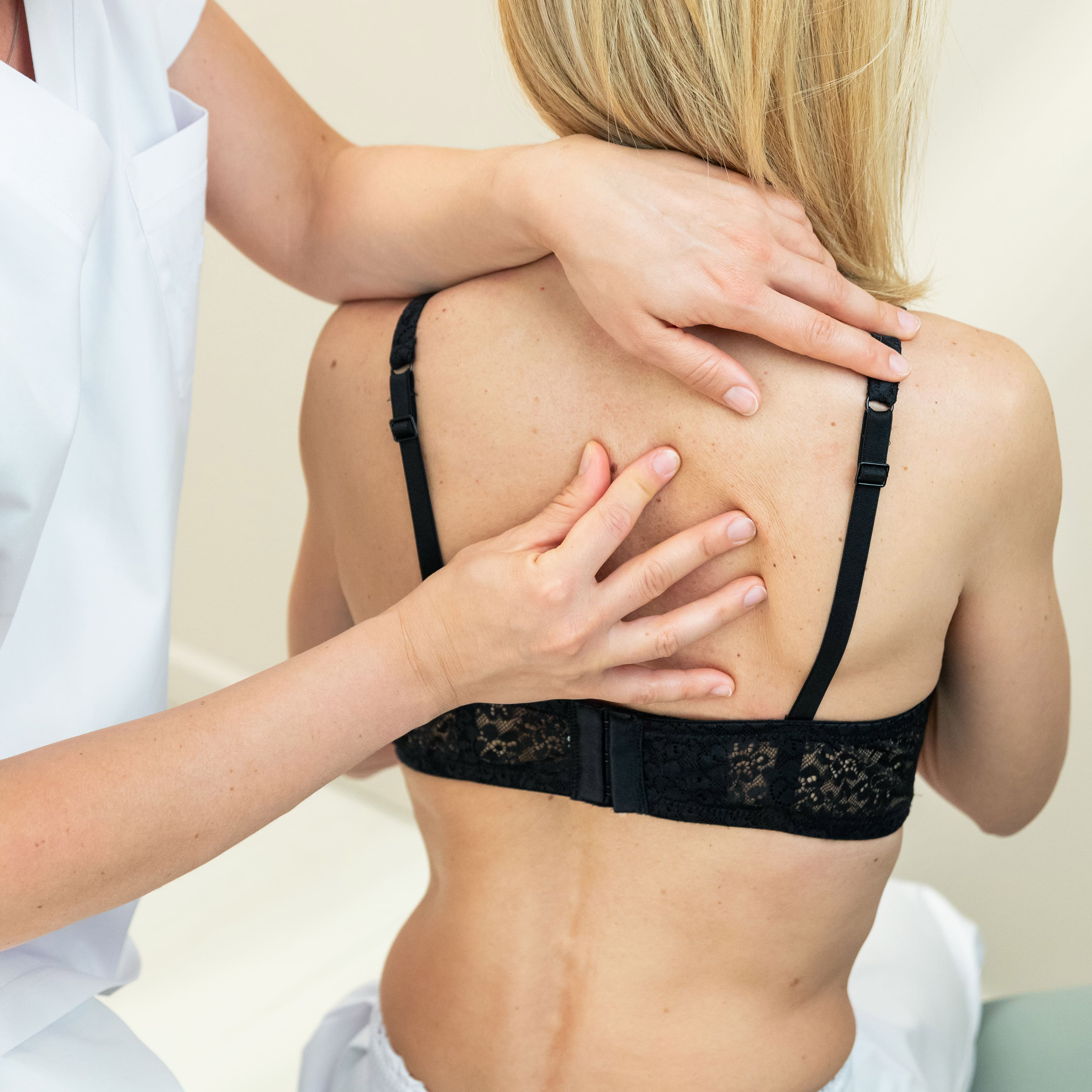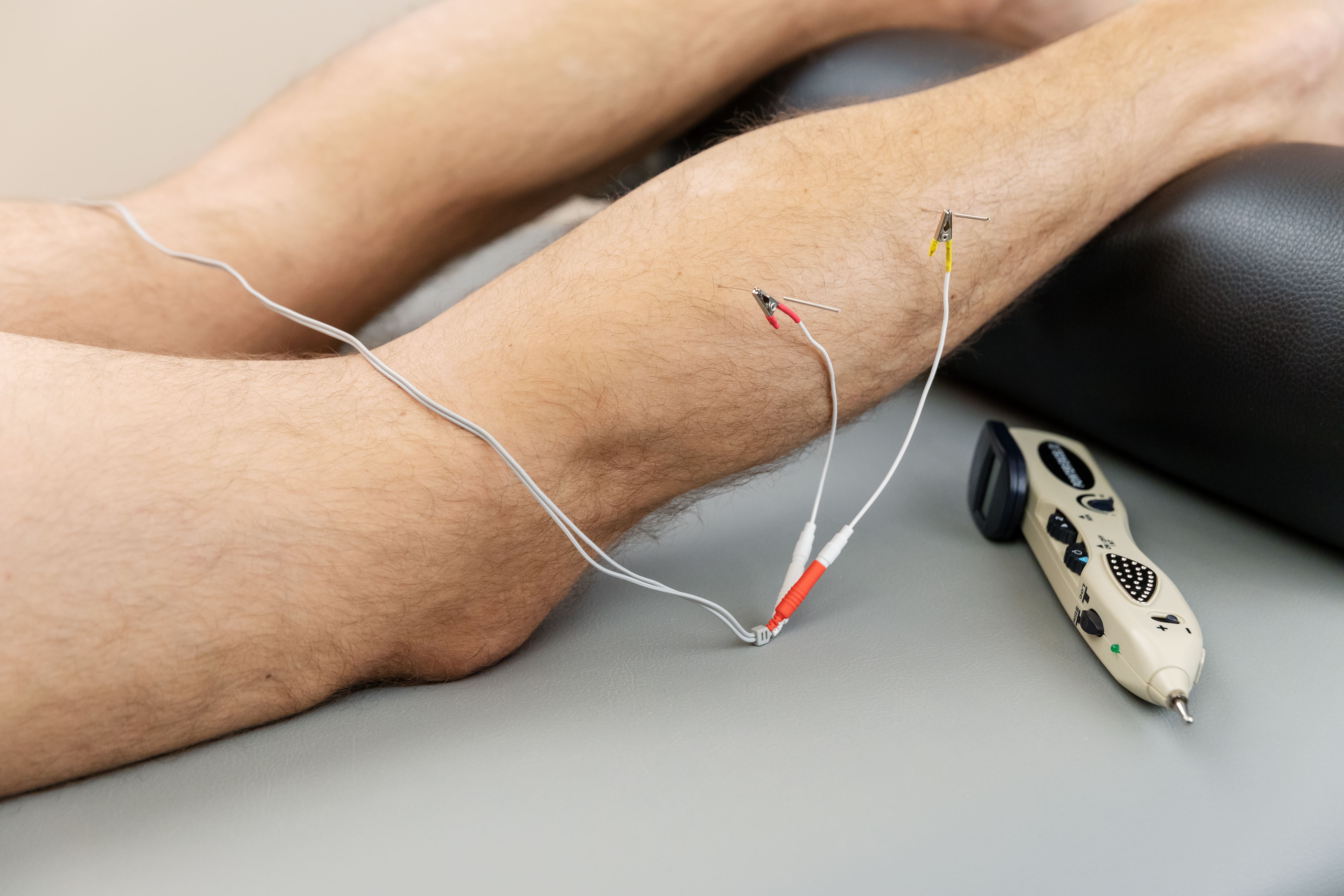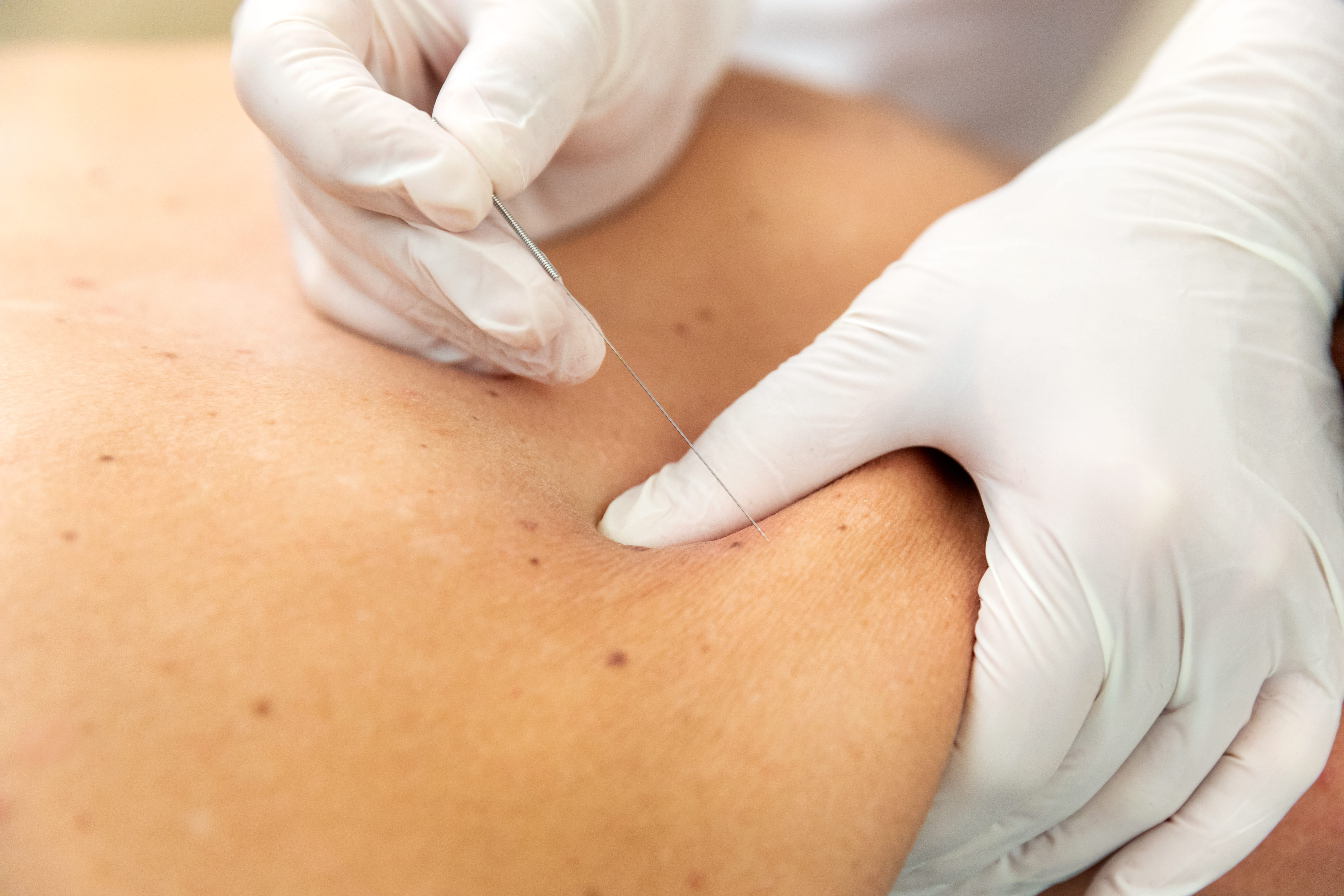At Instituto Clavel Rehabilitation we are specialized in passive physical therapy for the spine.
Passive physical therapy is a branch of physical therapy that treats the body using both invasive and non-invasive manual techniques.
Our expert physical therapists have been trained in manual techniques and constantly update their knowledge in order to be able to evaluate and treat the patient from a whole-body point of view, analyzing each case to offer the best solution in a personalized way. Our goal is to speed up the body's healing process and restore our patients’ quality of life.




